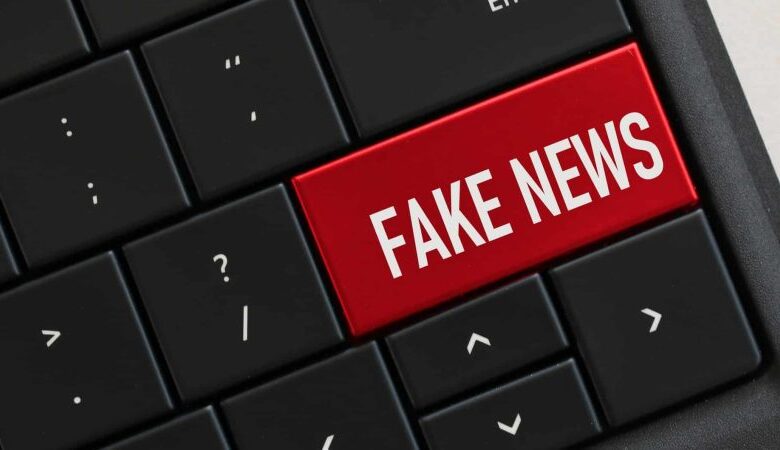
The Dangers of Misinformation and Disinformation
The ability to access vast amounts of information at our fingertips has revolutionized how we learn, connect, and interact. However, this convenience comes with a dark side—misinformation and disinformation. These twin threats have the potential to undermine trust, fuel divisions, and wreak havoc on individuals and societies alike. Understanding their dangers is critical to navigating the complexities of our modern information ecosystem.
What Are Misinformation and Disinformation?
- Misinformation refers to false or inaccurate information shared without malicious intent. A person might unknowingly spread misinformation, such as sharing an outdated news article or a misconstrued fact.
- Disinformation, on the other hand, is deliberately false information crafted and disseminated with the intent to mislead or manipulate. It is often used as a tool for political propaganda, social disruption, or financial gain.
While the intent behind these forms of false information differs, their impact can be equally damaging.
The Dangers of Misinformation
1. Erosion of Public Trust
Misinformation can lead to confusion and erode trust in institutions, including governments, media, and scientific communities. For example, during the COVID-19 pandemic, the spread of false information about vaccines undermined public health campaigns and led to unnecessary illness and deaths.
2. Health Risks
False health advice—such as “natural cures” for diseases or anti-vaccine propaganda—can result in individuals making harmful decisions. Social media platforms have become hotspots for pseudoscience, amplifying these risks.
3. Social Polarization
Misinformation often exploits existing divisions in society. Incorrect narratives about sensitive topics like immigration, climate change, or election integrity can deepen divides, making consensus and progress more difficult.
Also Check
The Dangers of Disinformation
1. Manipulation of Democracies
Disinformation campaigns are frequently used to influence elections and sow discord. Tactics such as fake news stories, deepfakes, and bots create confusion and distrust among voters, undermining democratic processes.
2. Economic Impacts
False information about companies, markets, or products can lead to financial losses. For instance, a targeted disinformation campaign can manipulate stock prices or ruin reputations.
3. National Security Threats
State-sponsored disinformation campaigns can destabilize nations by promoting unrest or dividing allies. Cyber warfare often includes the strategic use of false information to weaken adversaries.
The Role of Technology
The rise of social media and algorithms has turbocharged the spread of both misinformation and disinformation. Platforms prioritize engagement, often amplifying sensational or emotionally charged content—regardless of its accuracy. Meanwhile, advancements in artificial intelligence have made it easier to produce convincing deepfakes and other deceptive media.
Combating the Threat
- Media Literacy
- Educating the public on how to critically evaluate sources and recognize false information is vital. Media literacy programs in schools and communities can help individuals discern fact from fiction.
- Platform Accountability
- Social media companies must take greater responsibility for curating content and combating the spread of false information. Efforts to flag, fact-check, or de-platform harmful content are essential.
- Transparency in Communication
- Governments, organizations, and public figures must prioritize transparent, consistent communication to build trust and counteract false narratives.
- Individual Vigilance
- Individuals should verify information before sharing it. Simple steps like checking the publication date, consulting multiple sources, and considering the credibility of the outlet can make a significant difference.
The dangers of misinformation and disinformation are profound, affecting health, democracy, security, and social cohesion. While technology has fueled their rise, it also holds the potential to combat their spread. By fostering critical thinking, holding platforms accountable, and promoting transparency, we can protect ourselves and our societies from the corrosive effects of false information. In an age where truth is under siege, vigilance and collective action are our strongest defenses.
Remember: The fight against misinformation and disinformation begins with you. Think critically, verify sources, and share responsibly.




